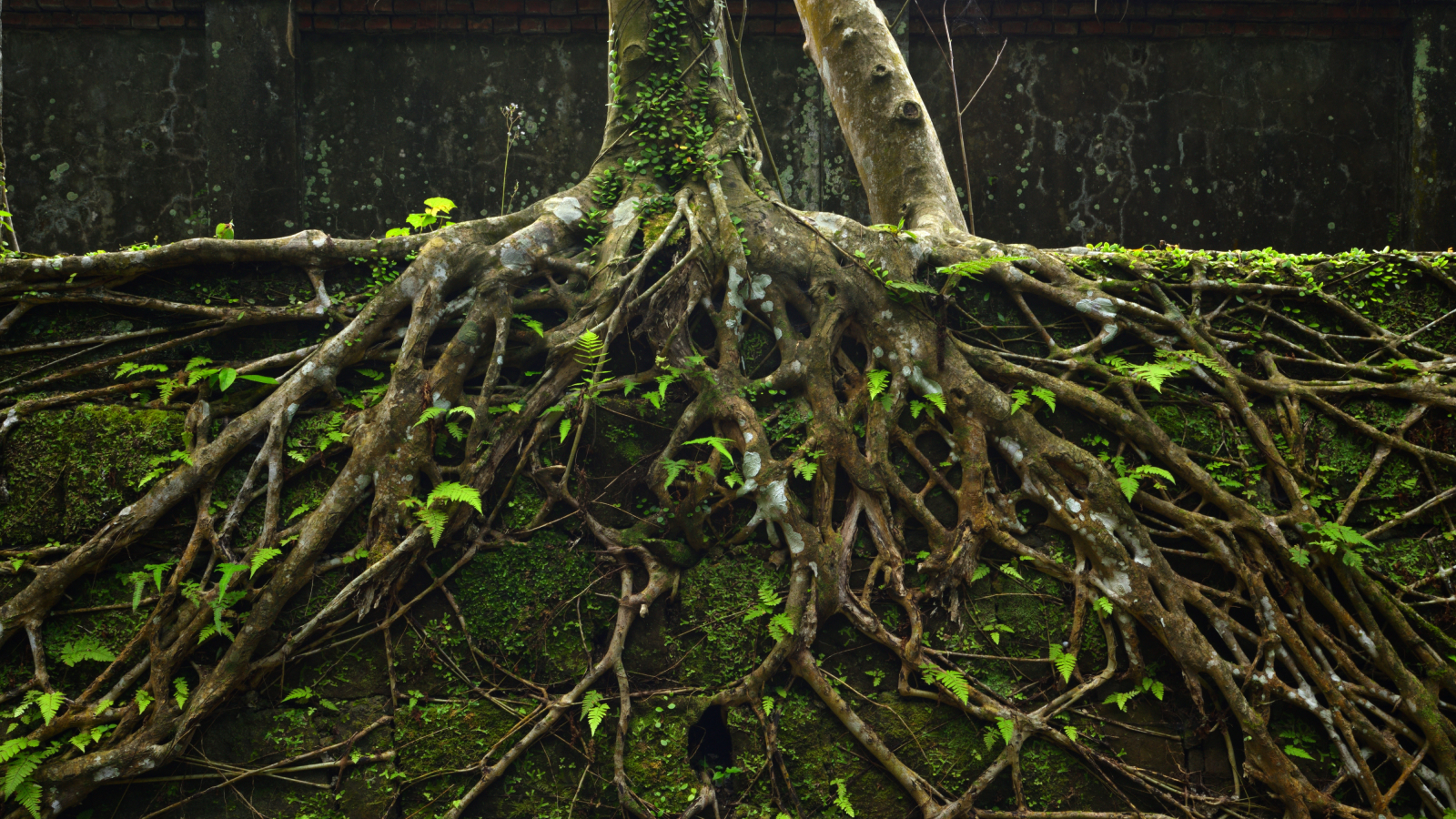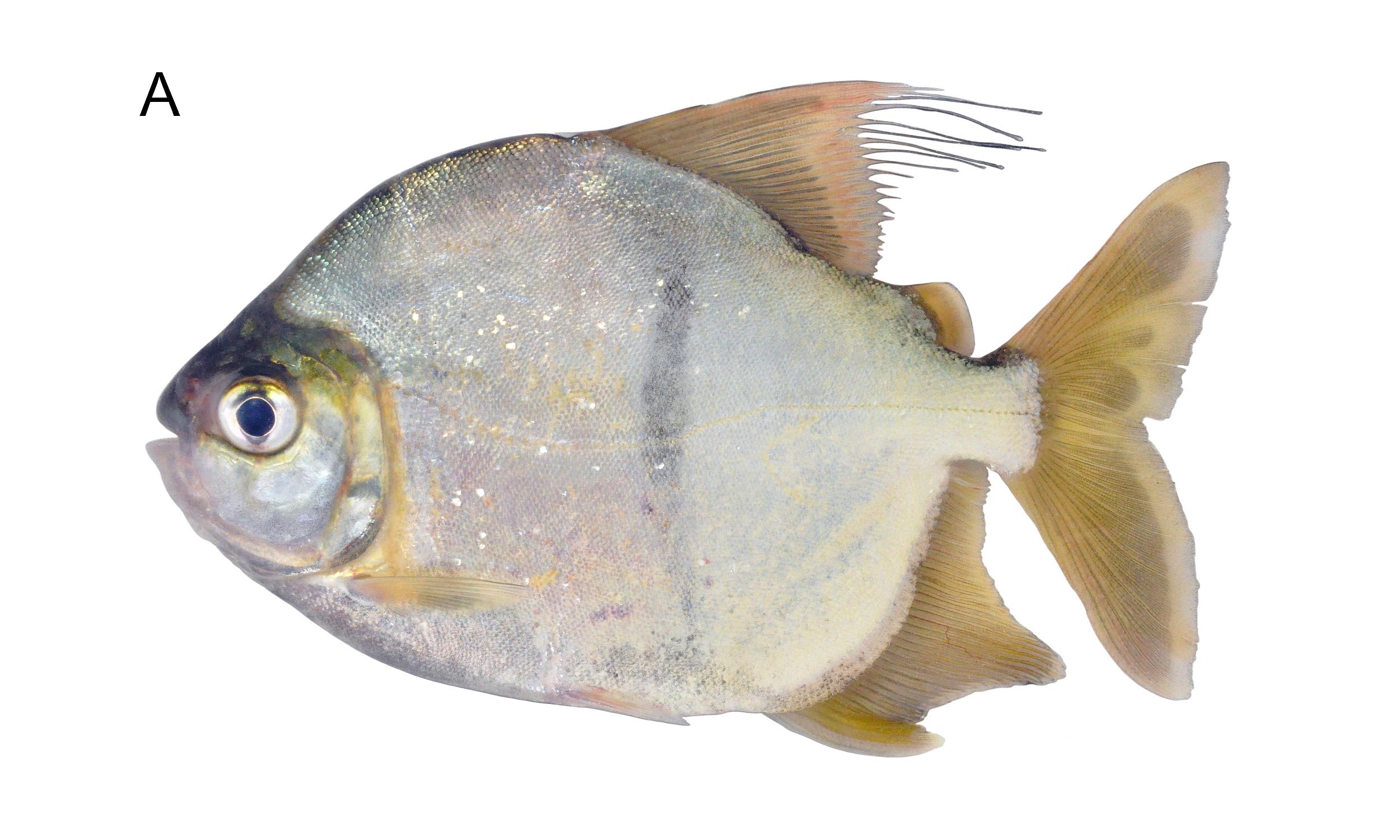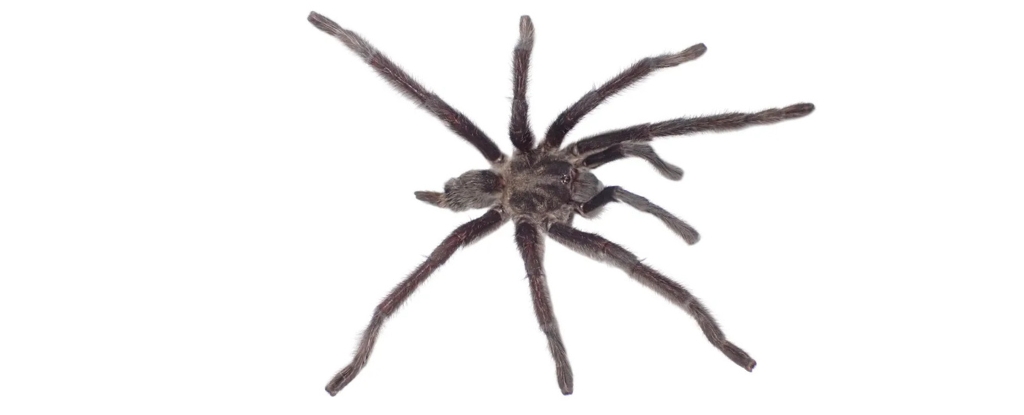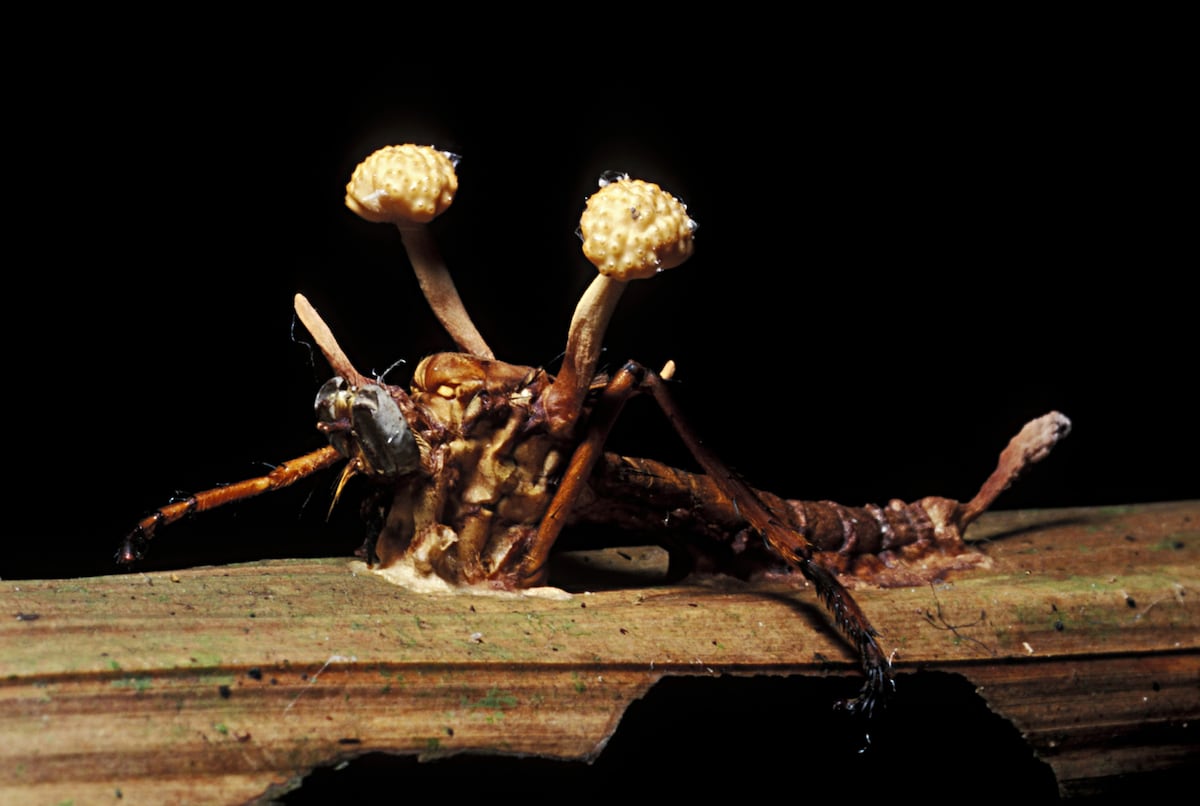New Study Reveals that Approximately 20% of Plants Possess a Hidden Second Set of Deep Roots

In an astonishing revelation that broadens our understanding of plant biology, new research indicates that around 20% of plants have a second set of roots that extend deep into the soil. Traditionally, the study of plant roots has been somewhat superficial, but this groundbreaking discovery sheds light on the complex root systems that many plants possess.
The research, published on June 17 in the esteemed journal Nature Communications, highlights that these deeper roots can reach depths exceeding 3 feet (approximately 1 meter) into the ground. This adaptation allows plants to access vital nutrients that are often buried beneath the surface, enhancing their ability to thrive even in challenging environmental conditions.
One of the significant implications of this study is its potential impact on climate change mitigation strategies. By revealing that plants can transport and store carbon deeper underground than previously thought, this research opens new avenues for scientists aiming to develop long-term carbon storage solutions. Such strategies are crucial in the fight against climate change, as effective carbon sequestration can help to reduce greenhouse gas concentrations in the atmosphere.
To conduct this extensive analysis of deep-rooting systems, the researchers utilized a comprehensive database comprising soil samples taken from depths greater than 6 feet (1.8 meters) below the surface. Their investigation covered 44 diverse sites worldwide, encompassing a variety of climate zones and ecosystems, from the icy expanses of the Alaskan tundra to the lush rainforests of Puerto Rico. This broad geographical scope provided a rich dataset for the scientists to analyze root patterns and soil compositions.
The results were surprising: roughly 20% of the sites exhibited a significant phenomenon referred to as "bimodality," which indicates that these plants possess a second, deeper layer of roots. According to Mingzhen Lu, the lead author of the study and an ecologist at New York University, this finding was unexpected, as scientists previously believed that root density diminishes with depth. Lu remarked, "We were very surprised by how frequently we find bimodal patterns. For a long time, the assumption was that plants had fewer roots deeper in the ground."
This second layer of roots typically reaches nutrient-rich soils abundant in nitrogen, thereby allowing plants to tap into deeper soil resources. While many plants primarily draw nutrients from surface soil—through processes like rainfall absorption and the decomposition of fallen leaves—this secondary rooting strategy could significantly enhance their nutrient uptake during times when surface resources are scarce.
Interestingly, the presence of these deeper roots is not universal; only one in five plants surveyed displayed this adaptation. This suggests that the development of a secondary root system may be an opportunistic response to specific environmental conditions, such as prolonged periods of drought or unreliable water availability in the upper soil layers. Lu explained, "It is more of a choice. Given enough motivation, plants will explore deeper and make use of these deep resources."
The findings underscore the necessity for soil scientists to adopt a more in-depth approach to studying root systems. Lu emphasized that conventional soil sampling techniques, which often only examine the topmost layers, are insufficient for capturing the complexities of underground ecosystems. He stated, "Sampling 10 centimeters [4 inches] deep, or 30 centimeters [12 inches], simply won't cut it. We just miss too much of what's actually going on in the soil."
While the concept of deeper root systems is not entirely novel, Alain Pierret, a soil scientist from the French National Research Institute for Sustainable Development who was not involved in this study, pointed out that the traditional view of diminishing roots at greater depths has faced scrutiny. He added, "What is new and remarkable is the dedicated network of field stations used to observe relatively deep root profiles across a range of biomes." Pierret also emphasized the need for further research to uncover the complexities of these deep-rooting systems, suggesting they may not only be bimodal but possibly multi-modal, containing even more extensive root networks below the depths examined in this study.
Ultimately, this research indicates that scientists have likely underestimated the potential for carbon storage in soils. Given that soil can contain significantly more carbon than the atmosphere, this finding is particularly relevant for climate mitigation efforts aimed at maximizing carbon capture through plant root systems.





























